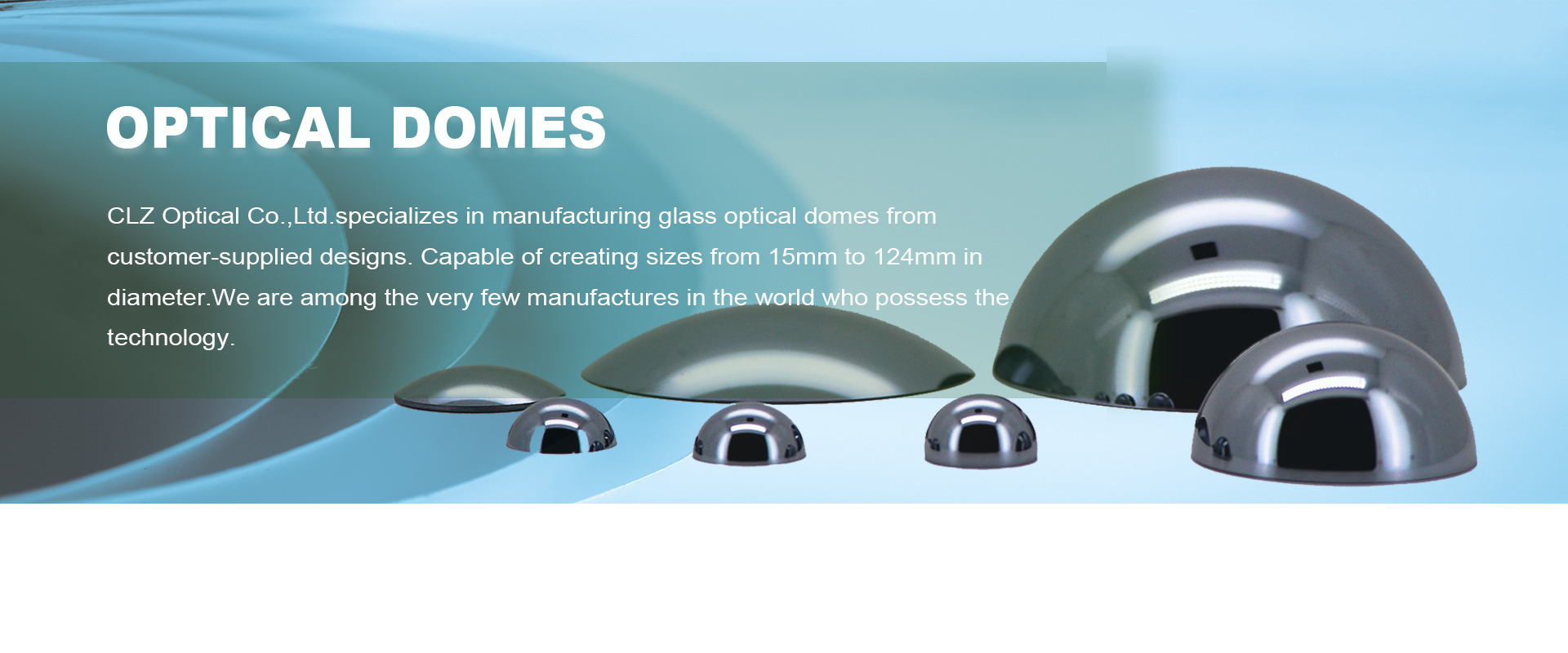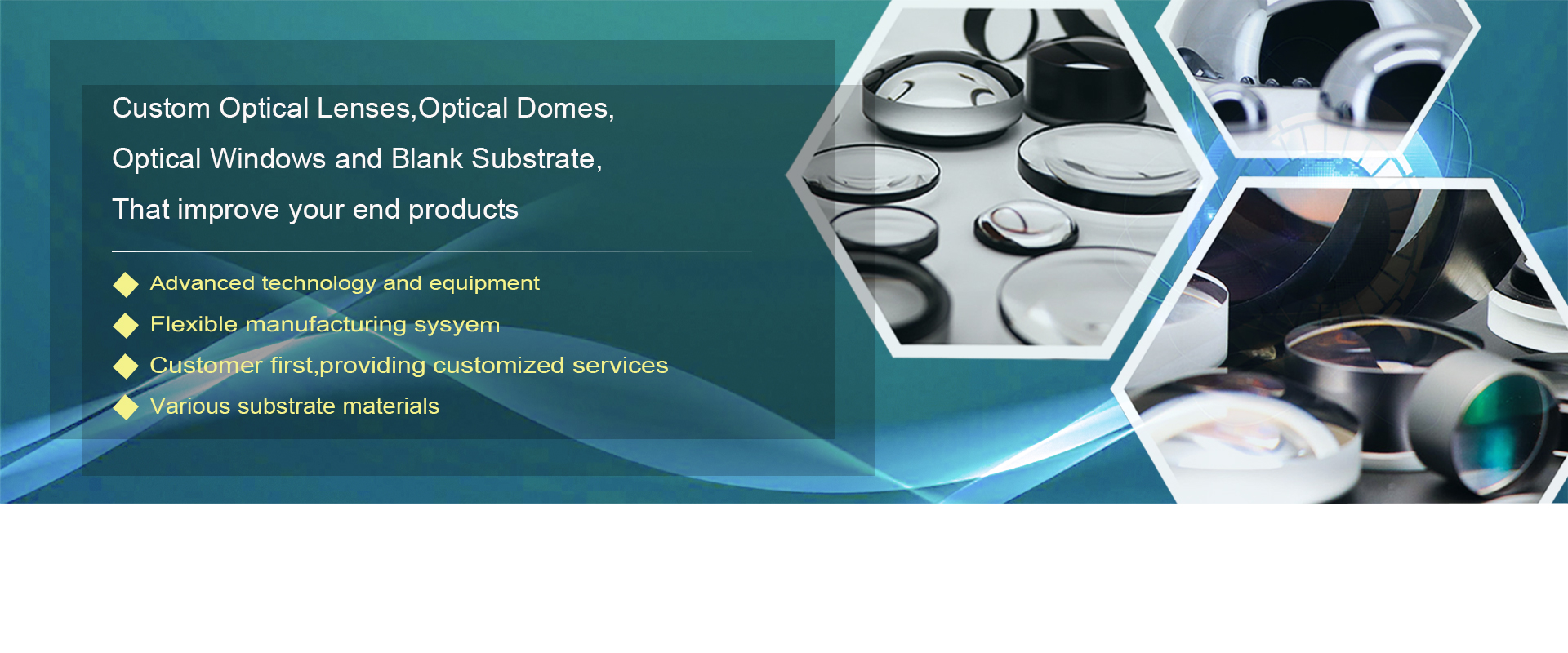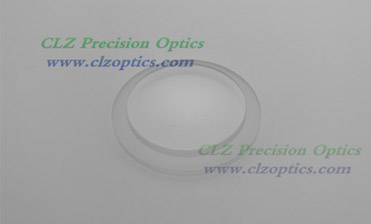What are the techniques for Optical Glass Lenses polishing technology?
11. 12, 2019
Glass materials for lenses, prisms, mirrors, windows, etc. used in the manufacture of optical instruments or mechanical systems. Including colorless optical glass is often referred to as Optical Glass Lenses, colored optical glass, radiation-resistant optical glass, radiation-proof glass, and optical quartz glass. Optical glass has a high degree of transparency, a high degree of uniformity in chemistry and physics (structure and properties), and a specific and precise optical constant. It can be divided into a series of silicate, borate, phosphate, fluoride and sulfur compounds. There are many varieties, mainly classified according to their position in the nD-VD chart. Traditionally, nD>1.60, VD>50 and nD<1.60, VD>55 are designated as K glass, and the rest of the glass is designated as F glass. The bismuth glass is generally used as a convex lens, and the flint glass is used as a concave lens. Generally, bismuth glass belongs to the alkali borosilicate system, light bismuth glass belongs to aluminosilicate system, heavy bismuth glass, and fluorite glass belong to the alkali-free borosilicate system, and most of the flint glass belongs to lead-potassium silicate. system. As the field of application of optical glass continues to expand, its variety is expanding, and its composition includes almost all elements of the periodic table.
Optical Glass Lenses
An inorganic glassy material that transmits light through refraction, reflection, transmission, or absorption to alter the intensity or spectral distribution of light. It has stable optical properties and high optical uniformity.
As an Optical Glass Domes Factory, share some tips with you.
1) Bath polishing: bath polishing means that both the workpiece and the polishing disc are immersed in the polishing liquid. The schematic of the device used is that the depth of the polishing liquid is 10 to 15 mm when the equipment is stationary, and the agitator is to suspend the polishing liquid. There is no precipitation, and polishing materials such as iron oxide and aluminum oxide are generally used for polishing the glass.
2) Ion beam polishing: Ion beam polishing is a supplementary polishing method for further improving the polishing precision of glass workpieces after conventional polishing. First, in a vacuum (under conditions, the inert gas atoms are made into ions using high frequency or discharge, and then accelerated by a voltage of 20 to 25 kV, and then collided with the surface of the workpiece to be processed in a vacuum chamber at a vacuum of 1.33 × 10 Pa. Above, the energy is directly transmitted to the workpiece material atoms, which are removed from the surface and removed. This method can remove the workpiece by 10-20 μm, which is a typical polishing technique using physical collision methods. Generally, the surface is rough. The degree is up to 0.01μm and the precision is up to 0.6nm.
3) Plasma-assisted polishing: Plasma-assisted polishing is a method of removing the surface material by chemical reaction to achieve polishing. A specific gas is used to make an active plasma. When the active plasma interacts with the surface of the workpiece, a chemical reaction occurs, which is easy to generate. The volatilized mixed gas removes the surface material of the workpiece. Since the mechanical action is dominant when the glass is ground, the hardness of the abrasive must be greater than the hardness of the glass. Our company also has Silicon lenses for sale, welcome to come and consult.



















